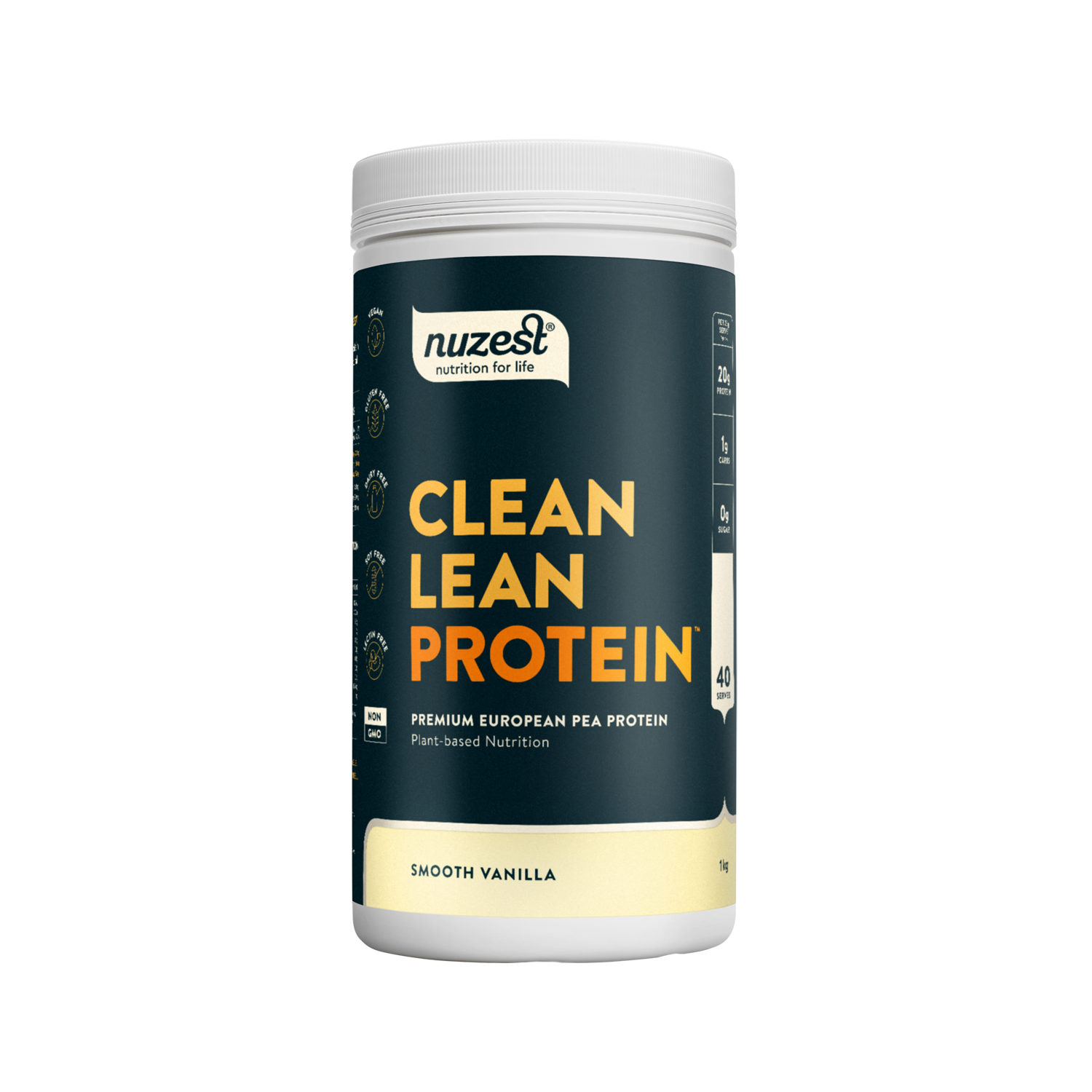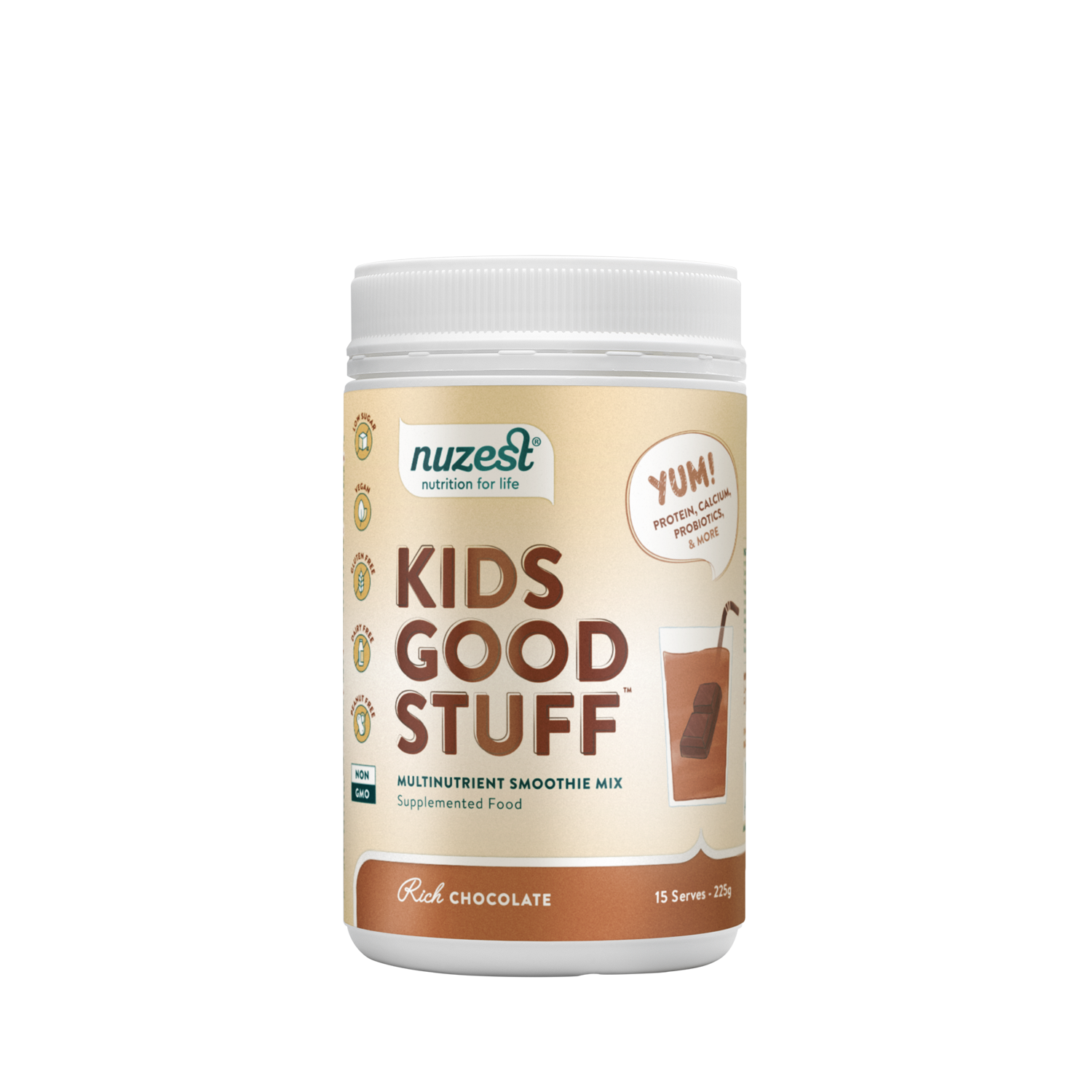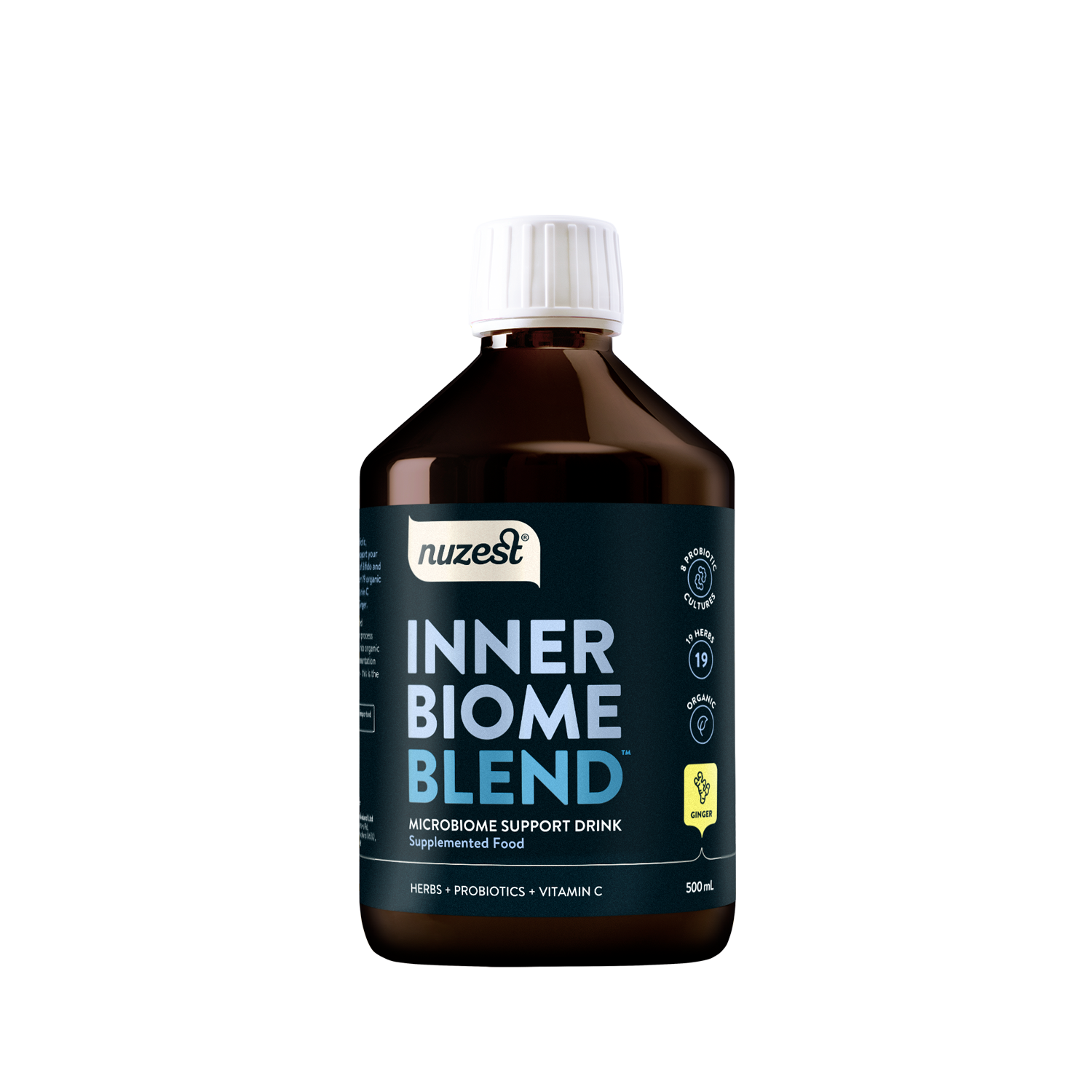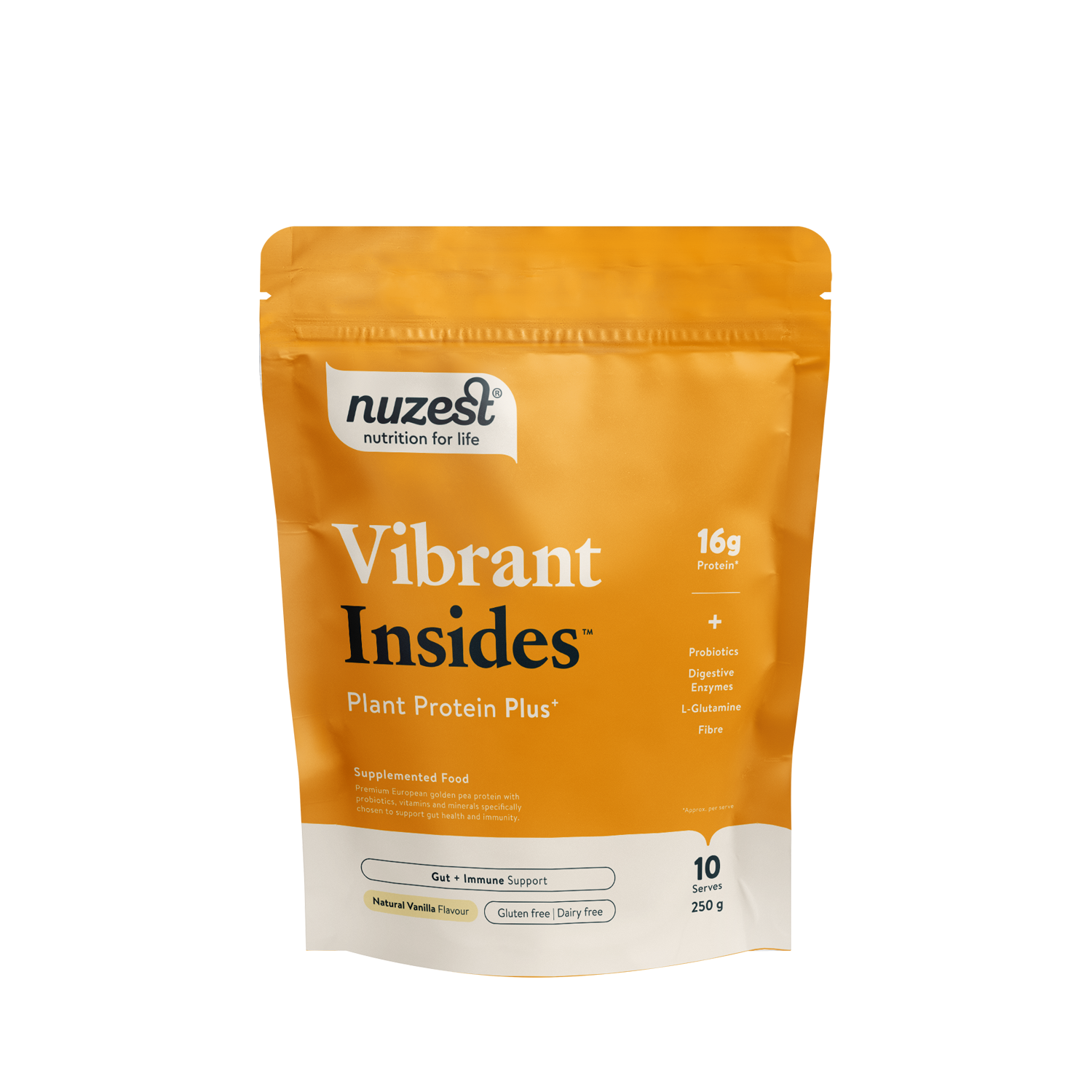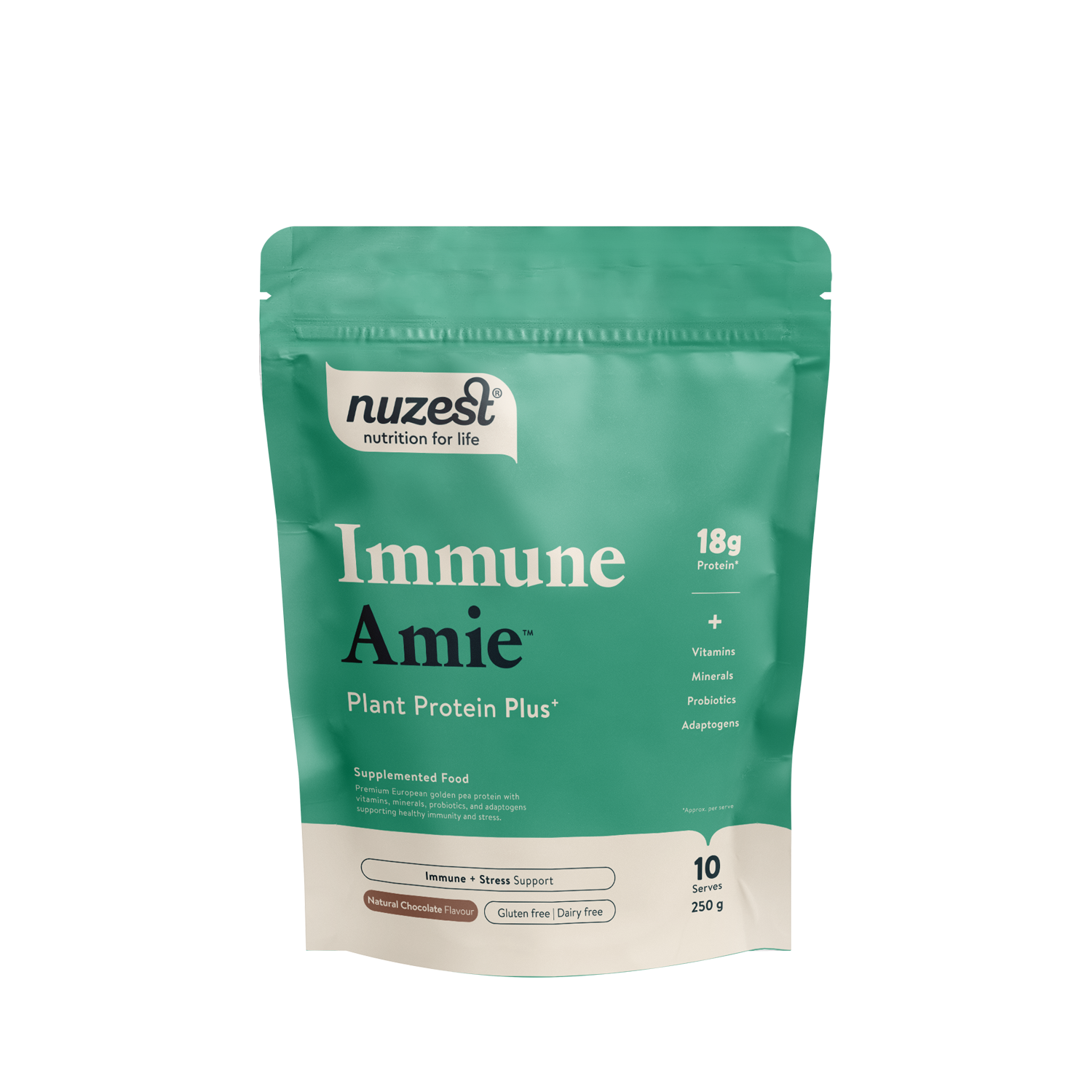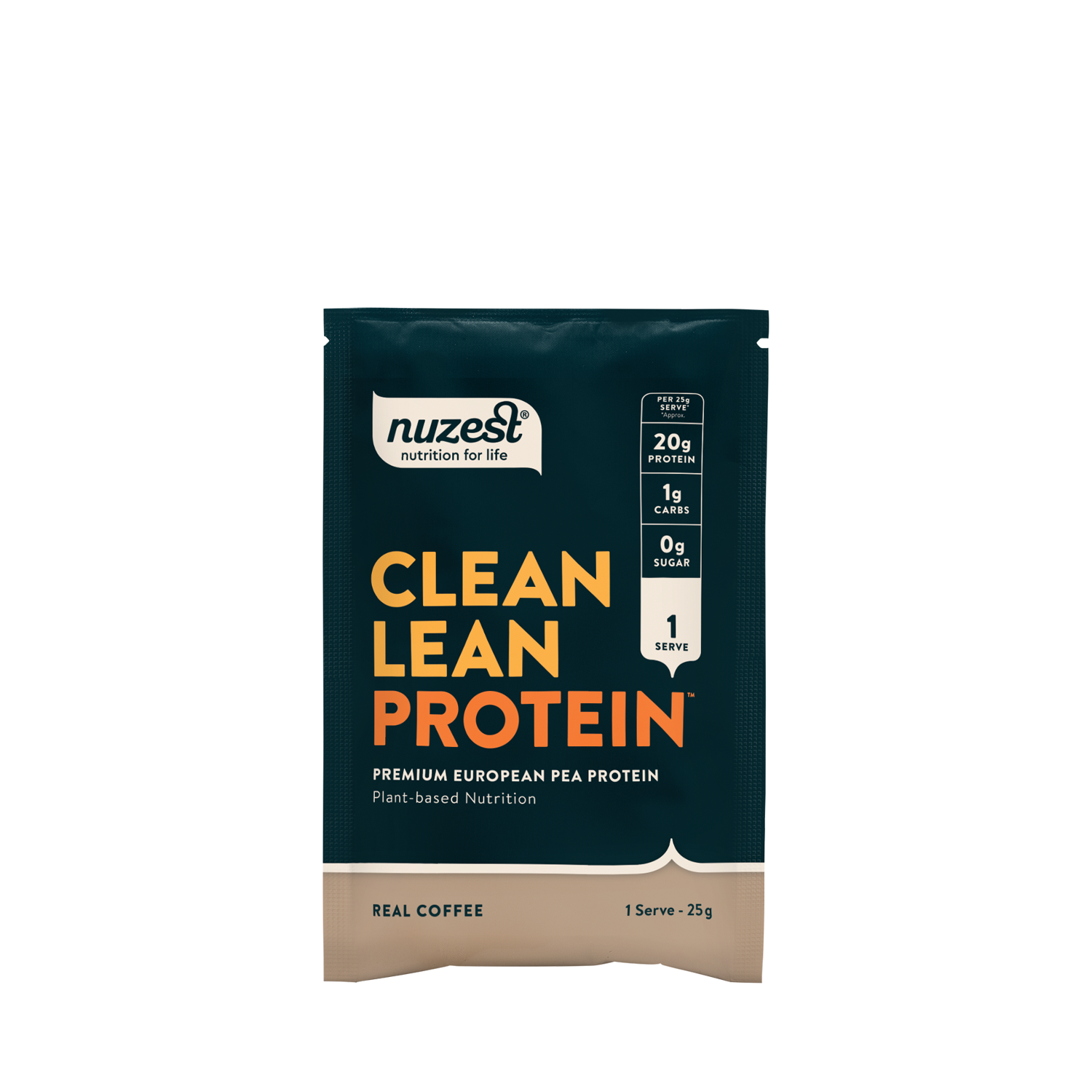Marigold flower
Tagetes erecta
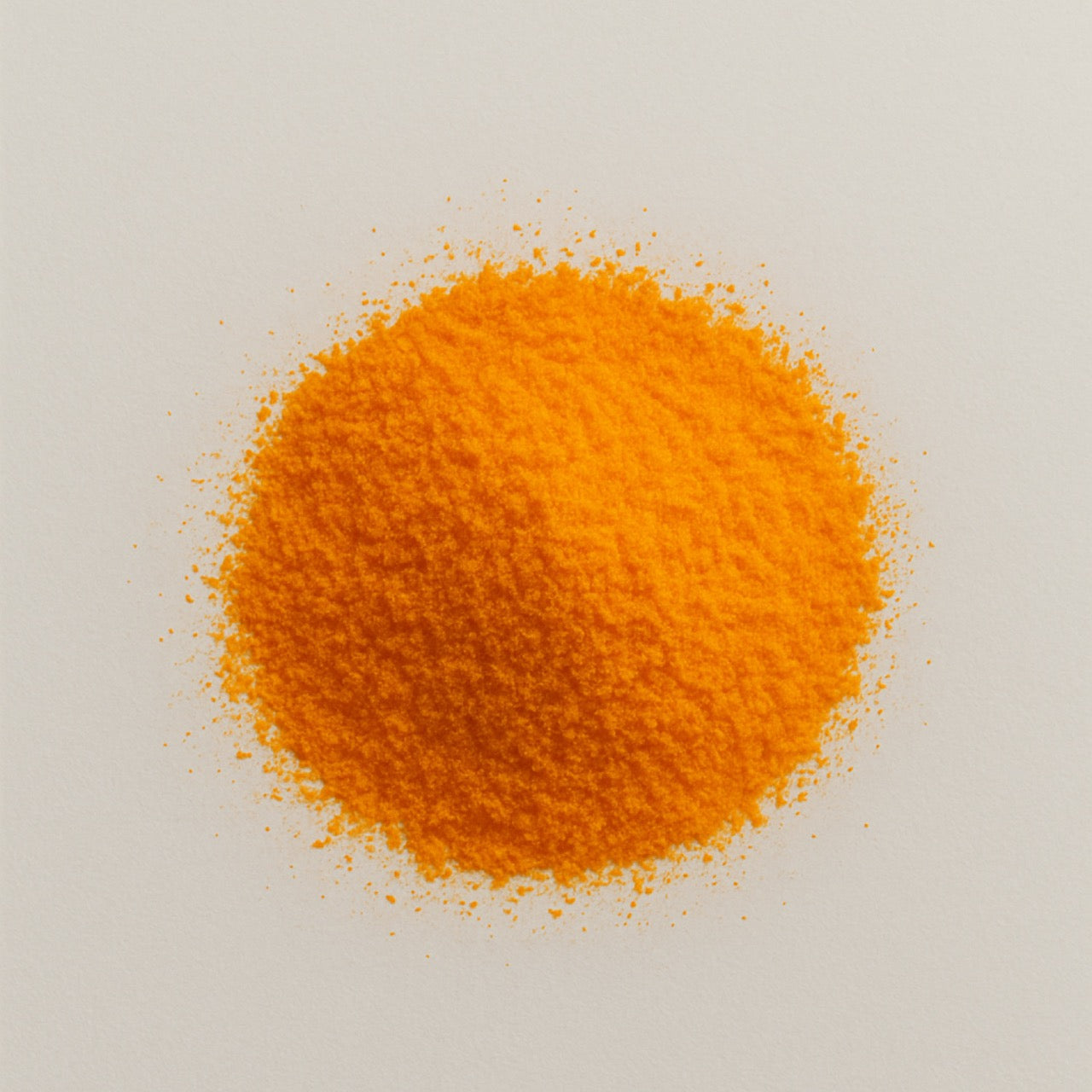
Marigold flower typically refers to the Calendula officinalis or Tagetes species, known for their vibrant petals. It is used in topical preparations, teas, and supplements.
Products:
Antiseptic Properties of Marigold Flower
Marigold flowers are recognised for their antiseptic properties. They contain bioactive compounds, including flavonoids and essential oils, which contribute to infection prevention and tissue healing. These characteristics make marigold a natural option for managing minor wounds, abrasions, and skin irritations. Topical applications such as creams, oils, or ointments are commonly used to support skin health.¹²
Marigold for Eye Health
Extracts derived from marigold petals are rich sources of lutein and zeaxanthin, two antioxidants essential for maintaining eye health. These compounds protect against damage induced by blue light exposure and oxidative stress. Research indicates that marigold may contribute to the prevention of age-related macular degeneration and support overall visual function.³
Marigold for Inflammatory Conditions
The anti-inflammatory effects of marigold flowers contribute to their potential in reducing systemic inflammation. Such properties may be especially beneficial for managing conditions characterised by inflammation, including arthritis, skin irritations, and digestive disorders. Bioactive compounds present in marigold help soothe inflammation, promoting improved mobility and comfort in affected tissues.⁴
Can Marigold be Used for Wound Healing?
Traditionally, marigold has been utilised for its wound-healing properties. Its antiseptic and anti-inflammatory actions support infection prevention and promote tissue regeneration, making it an effective natural remedy for treating cuts, burns, and abrasions. As a result, marigold is frequently included in herbal ointments and creams designed for wound care.⁵

